Scar Treatment
Scars form as part of the body’s natural healing process after an injury, surgery, acne, or skin damage. When the skin is wounded, collagen fibers rebuild the area, sometimes leading to raised, sunken, or discolored marks. Proper skincare and dermatological treatments can help minimize scars and improve skin texture.

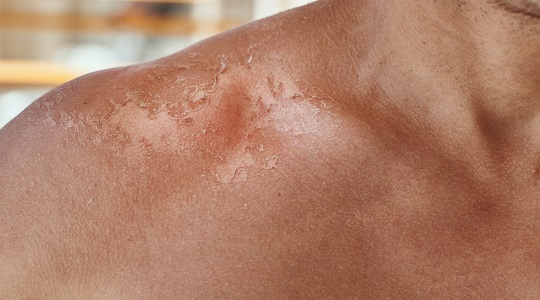
Scars are a natural part of the healing process after skin injury. They form when the skin repairs itself from wounds caused by accidents, surgeries, burns, or medical conditions such as acne or chickenpox. While scars are a testament to the body’s healing power, they can sometimes cause physical discomfort or emotional distress, especially when located on visible areas. Scar treatment has advanced significantly, offering solutions to reduce their appearance and improve skin texture.
Types of Scars
Scars can vary in appearance depending on the type of injury, location, and individual healing process. The most common types of scars include:
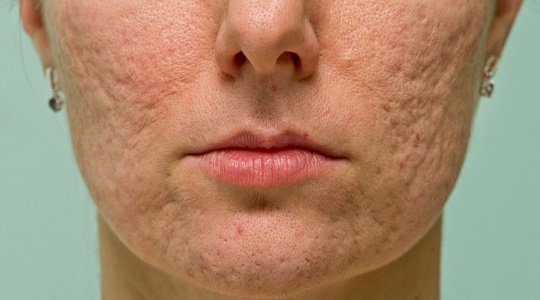
Atrophic Scars
- Thin, depressed scars often caused by acne or chickenpox.
- They create a sunken appearance due to loss of underlying tissue.
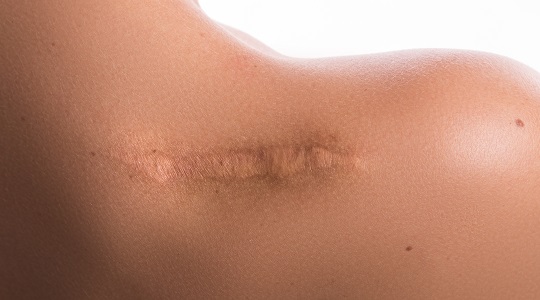
Hypertrophic Scars
- Raised scars that stay within the boundary of the original wound.
- Often red and thick, they can reduce in size over time.
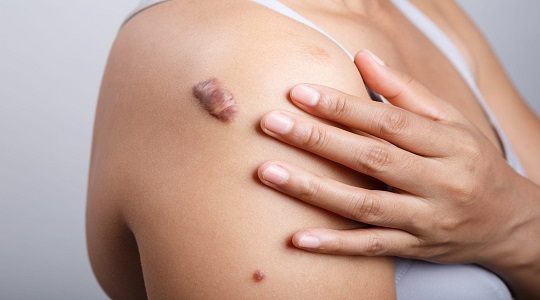
Keloid Scars
- Overgrown, raised scars that extend beyond the wound boundary.
- More common in people with darker skin tones.
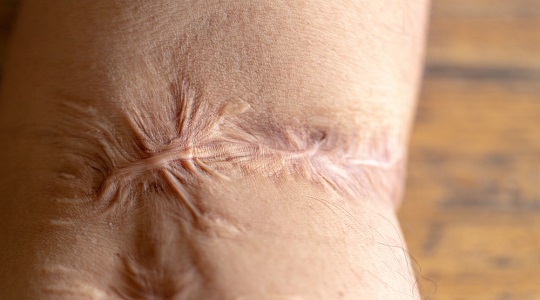
Contracture Scars
- Caused by severe burns, these scars tighten the skin and can restrict movement.
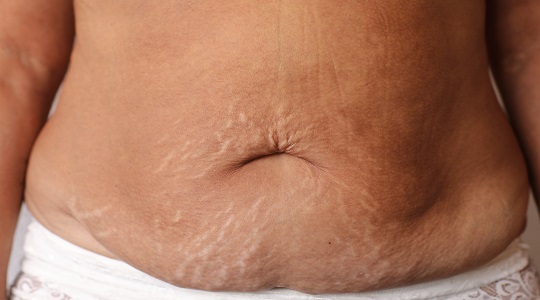
Stretch Marks
- Formed due to rapid skin stretching from pregnancy, weight gain, or growth spurts.
Who is at the risk of developing a Scars?
Certain factors can increase the likelihood of developing noticeable scars:

Skin Type: Individuals with darker skin tones are more prone to keloid and hypertrophic scars.

Age: Younger skin heals more actively, which can sometimes lead to more pronounced scarring.

Wound Severity: Larger or deeper wounds are more likely to leave scars.

Genetic Predisposition: A family history of keloid or hypertrophic scars.

Healing Environment: Poor wound care, infections, or delayed healing can exacerbate scarring.
Symptoms of Scars
While scars are typically asymptomatic, they can sometimes cause discomfort or complications such as:
- Itching or tenderness.
- Pain or sensitivity in the affected area.
- Restricted movement if the scar tissue is near joints.
- Emotional distress due to their appearance, particularly when they are on visible areas like the face or hands.
Scar Treatment
Scar treatments aim to minimize their appearance, improve texture, and relieve discomfort. The choice of treatment depends on the scar type, size, and location. Common treatments include:
1. Topical Treatments
- Silicone Sheets or Gels:
- Reduce the size and redness of scars.
- Over-the-Counter Creams:
- Contain ingredients like retinoids or vitamin E to improve scar texture.
2. Dermabrasion and Microdermabrasion
- Removes the top layer of skin to smooth out scars and promote new skin growth.
3. Injectable Treatments
- Corticosteroid Injections:
- Used for hypertrophic and keloid scars to reduce inflammation and flatten the scar.
- Dermal Fillers:
- Fill sunken areas in atrophic scars to even out the skin’s surface.
4. Surgical Procedures
- Scar Revision Surgery:
- Removes or repositions scar tissue to make it less noticeable.
- Skin Grafts:
- In cases of severe burns, healthy skin from another body part is grafted onto the scarred area.
5. Radiation Therapy
- Rarely used, it can help prevent keloid scars from returning after surgery.
6. Natural Remedies
- Aloe Vera:
- Known for its soothing properties, it can help reduce redness and improve scar texture.
- Honey:
- Moisturizes the skin and aids in scar healing.
- Coconut Oil:
- Contains fatty acids that nourish and soften the skin.
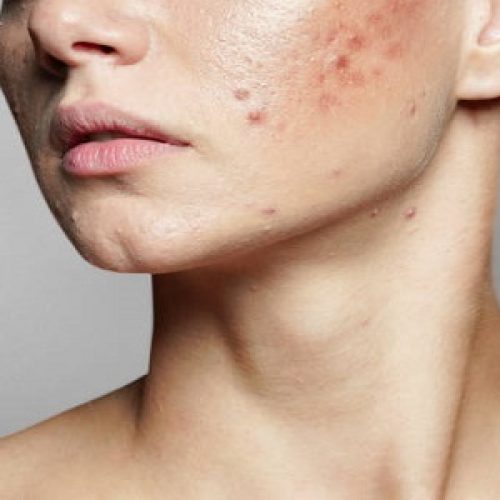
What is a Scare caused by?
Scars form due to the body’s natural healing process. The main causes include:
- Trauma: Injuries from cuts, abrasions, or accidents.
- Surgery: Surgical incisions, especially when not closed properly or if infections occur.
- Burns: Heat, chemical, or electrical burns often leave contracture scars.
- Acne: Severe or cystic acne can result in atrophic scars.
- Stretching of the Skin: Rapid weight changes or pregnancy can cause stretch marks.
Prevention of Scars:
These are steps taken to minimize the formation of scars after an injury or wound:
- Keep the wound clean and moist to promote healing.
- Avoid picking or scratching scabs.
- Apply sunscreen to protect the healing area from discoloration.
- Use silicone gels or sheets to reduce scar formation.
- Massage the area gently to improve circulation and reduce stiffness.
Book your experience
Our expert team is ready to help you achieve radiant, healthy skin with treatments tailored just for you.
Enhance your beauty
Reveal your natural glow with expert beauty treatments designed to enhance your confidence.

Book an appointment

Get your schedule

Meet with our expert





